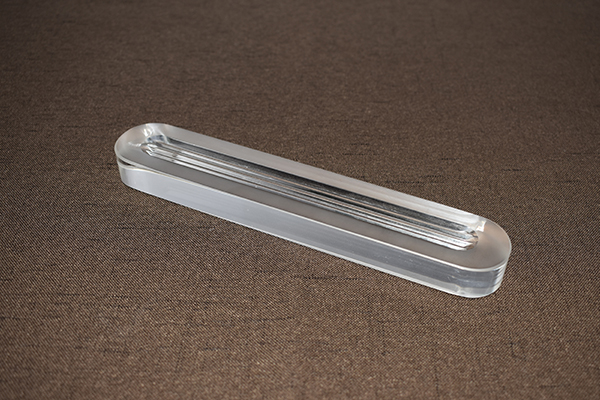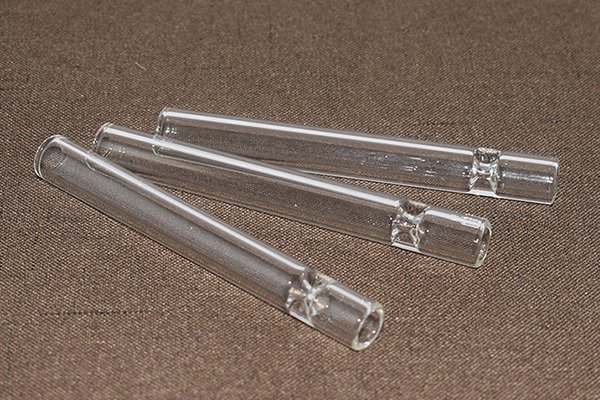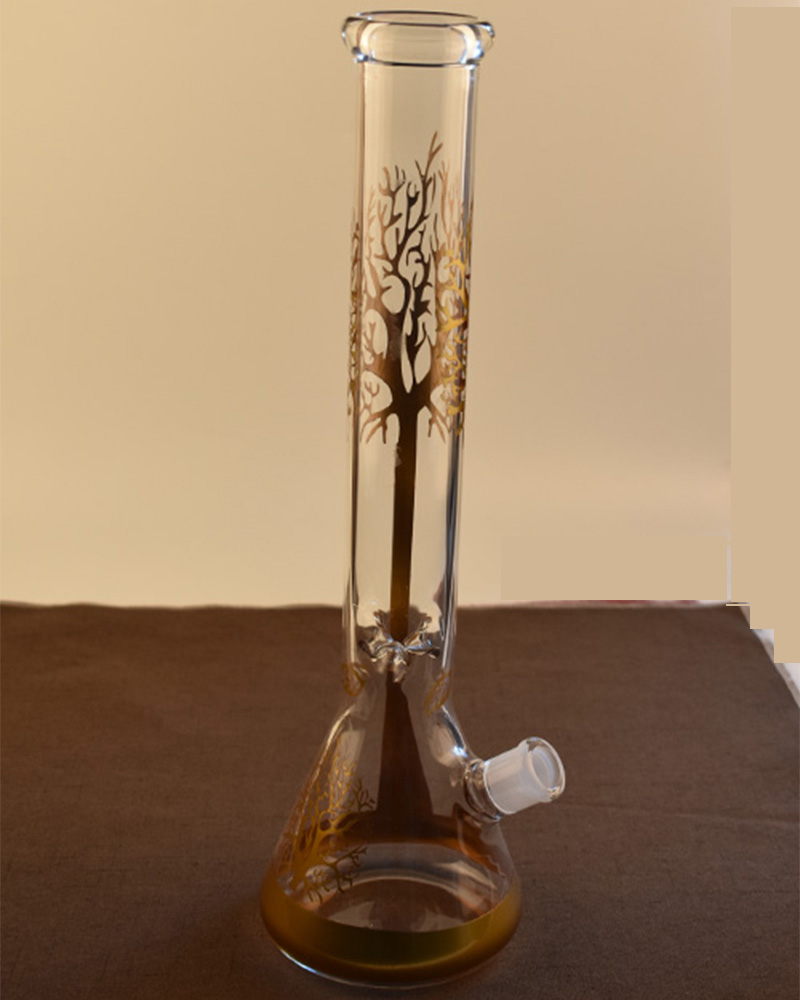News Detail
Factory Footage: The Complete Process of Glass Cutting and Edge Grinding
From raw glass sheets to precision-finished products, the glass cutting and edge grinding process in a factory setting is a seamless combination of skill, technology, and quality control. Here’s how it unfolds step-by-step:
1. Preparation and Inspection
Large sheets of float glass or borosilicate glass are first inspected for surface defects, scratches, or inclusions. Any imperfections are marked and set aside to avoid affecting final product quality.
2. Precision Cutting
Using CNC-controlled cutting tables, the glass is scored with a diamond or carbide wheel along programmed lines. This scoring is done with high accuracy, ensuring minimal waste. The scored glass is then snapped cleanly along the cut lines, maintaining sharp edges for the next stage.
3. Edge Grinding
To remove sharpness and improve durability, the cut edges are processed through an automatic edge grinding machine. Depending on product requirements, this may involve flat edge grinding, beveling, or polishing. Coolant water is used continuously during grinding to prevent heat stress and micro-cracks.
4. Quality Check and Cleaning
Once grinding is complete, each piece is inspected for smoothness, dimensional accuracy, and edge finish. Any defects are corrected or the piece is rejected. Finally, the glass is cleaned to remove dust and coolant residue.
This process not only ensures the safety of the final product but also enhances its aesthetic appeal and structural strength, making it ready for use in architectural, industrial, or laboratory applications.



